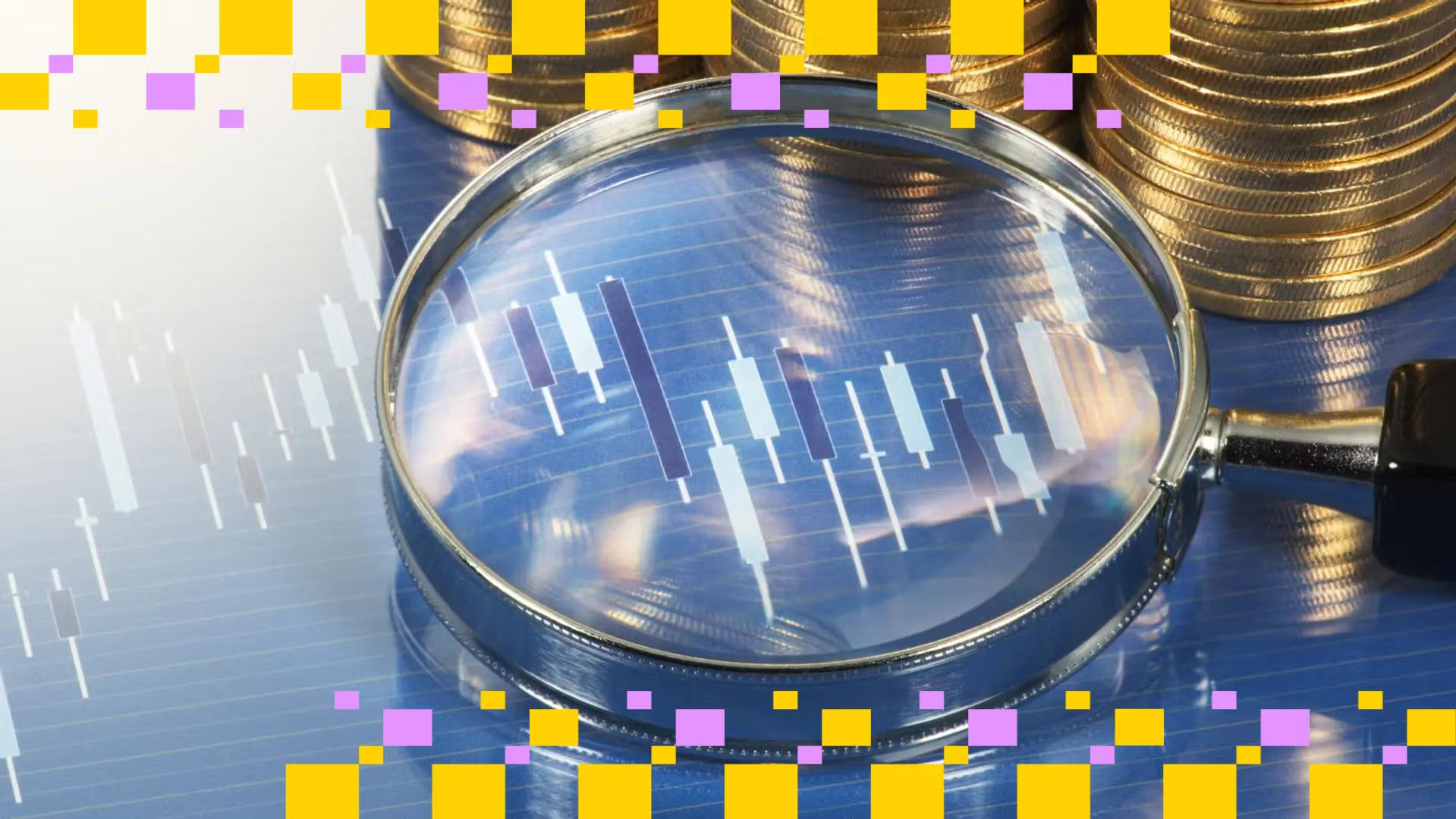TLDR
- Sam Bankman-Fried’s biggest mistake was giving FTX to CEO John Ray III.
- FTX filed for bankruptcy after Bankman-Fried handed control to Ray.
- Bankman-Fried claims an external investment could have saved FTX.
- FTX creditors have recovered $7.8 billion in repayments since the collapse.
Sam Bankman-Fried, the former CEO of FTX, recently reflected on what he believes was his “biggest mistake” leading up to the collapse of the cryptocurrency exchange. In a rare prison interview, he stated that handing control of FTX to John J. Ray III, who was appointed as the new CEO before the company’s bankruptcy, ultimately prevented any chance of saving the firm. This decision, according to Bankman-Fried, sealed the fate of FTX.
Bankman-Fried’s Regret over Leadership Change
Sam Bankman-Fried’s decision to appoint John J. Ray III as CEO before FTX filed for bankruptcy has been a point of intense regret for him. The former CEO claimed that this move, made just before the company’s collapse, was the primary reason he could not save the exchange from financial ruin. According to Bankman-Fried, moments after signing the document to transfer control, he received a call regarding an investment opportunity that could have possibly turned the situation around. However, the decision was irreversible by then.
In an interview with Mother Jones, Bankman-Fried expressed that handing over the reins to Ray was a misstep that cost him the opportunity to address FTX’s financial troubles. He said, “The single biggest mistake I made by far was handing the company over.” The timing of his decision, coupled with the lack of flexibility to undo the move, meant that the company was already on the path to bankruptcy by the time he learned about the potential investment.
Bankruptcy Filing and Immediate Consequences
Just hours after the leadership change on November 11, 2022, John J. Ray III filed for Chapter 11 bankruptcy on behalf of FTX. This move effectively ended any hope of recovery for the exchange. In addition to filing for bankruptcy, Ray also brought in the legal expertise of the law firm Sullivan & Cromwell to navigate the bankruptcy process.
Ray’s role in the company’s collapse has been a point of contention, with some critics questioning the timing of his appointment and his subsequent actions. Despite Bankman-Fried’s assertion that he could have turned the company around with external investment, the decision to hand over control to Ray marked the start of a legal and financial process that would eventually lead to the arrest of Bankman-Fried in December 2022.
The “Alameda Gap” and Misuse of Customer Funds
The primary cause of FTX’s downfall was the misuse of customer funds, which Bankman-Fried transferred to Alameda Research to cover trading losses. This practice, known as the “Alameda gap,” resulted in billions of dollars in lost investor funds. The scandal not only triggered the collapse of FTX but also brought legal charges against Bankman-Fried, including allegations of fraud.
Bankman-Fried’s arrest in the Bahamas in December 2022, followed by his extradition to the U.S., further intensified the public scrutiny surrounding the company’s collapse. He faced seven felony charges in connection with the mismanagement of FTX and its affiliated company, Alameda Research. The legal proceedings ultimately resulted in a 25-year prison sentence for Bankman-Fried after a trial in which he was found guilty of financial fraud.
Recovery Efforts and Repayment to Creditors
Despite the widespread losses caused by the FTX collapse, efforts to repay creditors have been ongoing. The FTX estate has managed to recover significant assets, amounting to up to $16.5 billion. Since February 2024, the company has distributed billions of dollars in repayments to creditors. By September 2024, over $7.8 billion had been repaid, with additional funds set to be distributed in the future.
FTX has indicated that it plans to repay at least 98% of its customers and restore 118% of the value in their accounts as of November 2022. However, the full repayment process remains ongoing, and many creditors continue to wait for the remaining funds. The legal and financial repercussions of the FTX collapse continue to be felt throughout the cryptocurrency industry, with some even viewing the incident as a catalyst for a prolonged market downturn.














